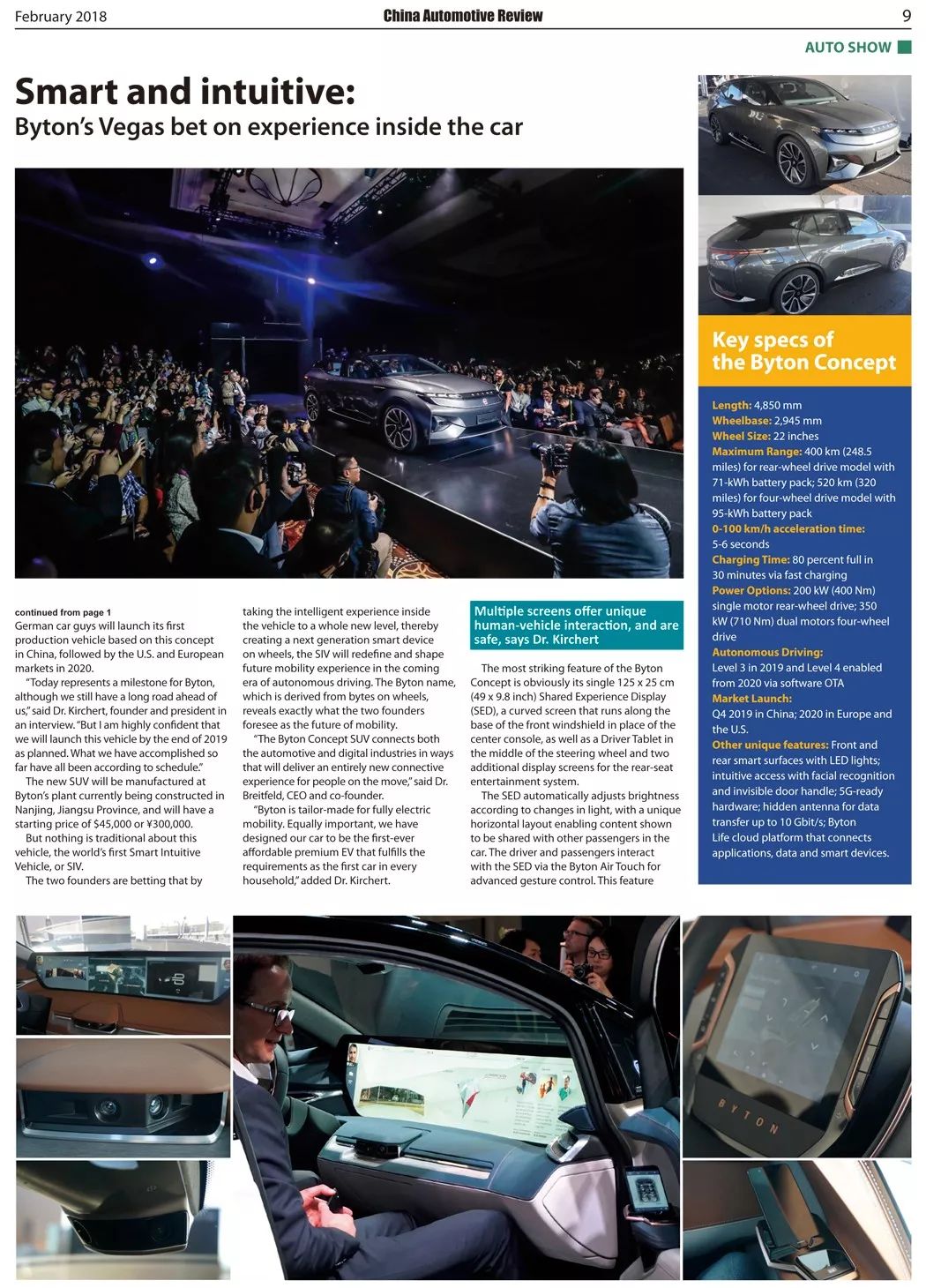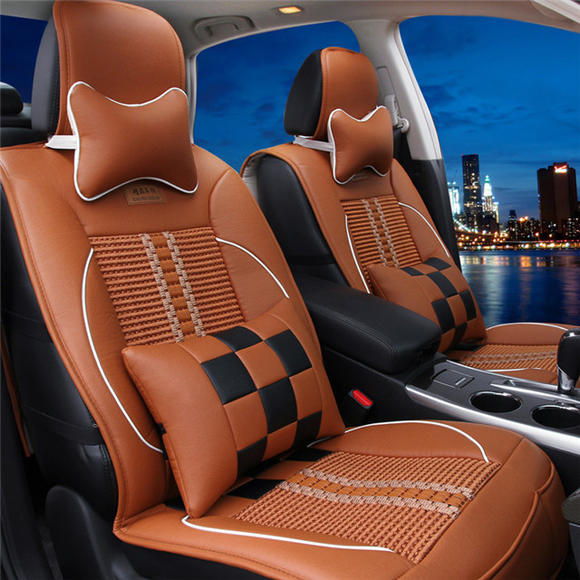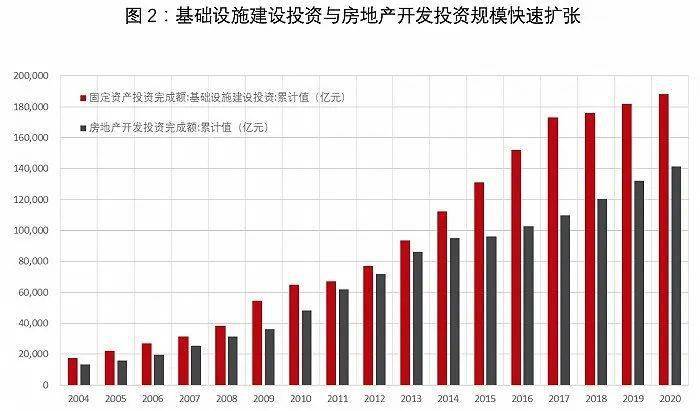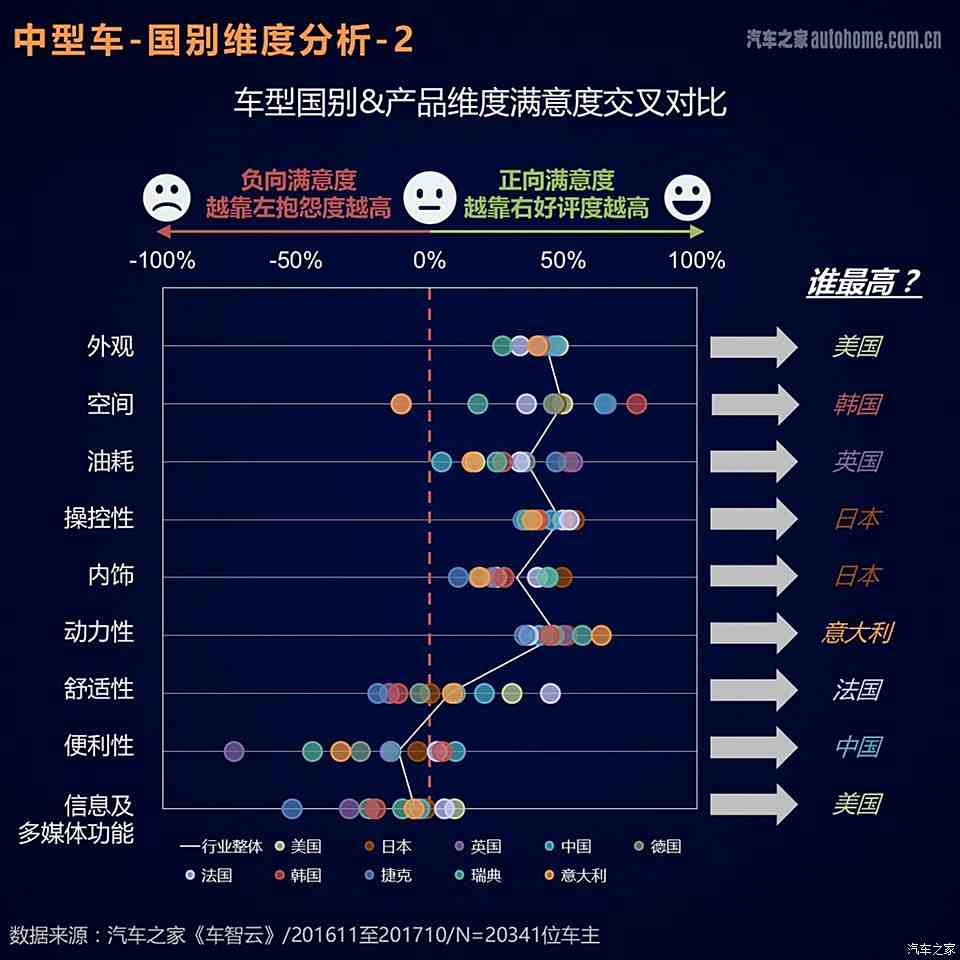Title: The Evolution of Automotive Brands in the English-Speaking World
The evolution of automotive brands in the English-speaking world can be traced back to the early 20th century when companies such as Ford, General Motors, and Chrysler emerged as pioneers in mass production. These brands quickly gained popularity due to their affordability and durability, leading to the rise of the American auto industry. In the following decades, European car manufacturers such as Porsche, BMW, and Audi also made a name for themselves by offering high-performance vehicles with a focus on design and luxury.In recent years, Asian automakers like Toyota, Honda, and Nissan have gained significant market share in the English-speaking world, thanks to their cost-effective offerings and technological advancements. Chinese brands such as Geely and SAIC have also made a mark in the industry with their innovative designs and affordable prices. As global demand for electric and hybrid cars continues to grow, we can expect to see more emerging brands catering to these needs.Overall, the evolution of automotive brands in the English-speaking world has been shaped by factors such as technology, design, and economic conditions. As consumers become more discerning in their vehicle choices, it remains to be seen what new players will emerge and how existing brands will adapt to remain relevant in an increasingly competitive market.
Introduction

The automotive industry has been a significant contributor to the global economy, with numerous car brands competing for market share. In this article, we will delve into the history and evolution of automotive brands in the English-speaking world, focusing on their growth, innovation, and cultural significance. We will also explore some of the most popular and influential car brands in this region, including their distinctive characteristics, notable achievements, and future prospects.
Chapter 1: The Birth of Automotive Brands in the English-Speaking World
The earliest recorded car brand in the English-speaking world was the Benz Patent-Motorwagen, built by German inventor Karl Benz in 1886. However, it was not until the late 19th and early 20th centuries that several major car brands emerged in Europe and North America, such as Ford, General Motors (GM), and Daimler-Benz (Mercedes-Benz). These brands laid the foundation for the modern automobile industry and shaped the cultural landscape of their respective regions.
Chapter 2: The Rise of Global Car Manufacturing
In the 20th century, the automotive industry experienced rapid globalization, with companies expanding their operations worldwide to tap into growing demand for cars. This trend led to the emergence of new car brands from different countries, such as Toyota from Japan, Honda from Japan and Germany, Renault from France, and BMW from Germany. These brands not only competed with established players but also contributed to the diversity and richness of the automotive landscape.
Chapter 3: The Role of Innovation in Automotive Brand Development
Innovation has been a critical driver of automotive brand development, with companies constantly seeking ways to improve their products and services. One of the most significant innovations in recent years has been the adoption of electric and hybrid powertrains, which have helped to reduce emissions and improve fuel efficiency. Other notable innovations include autonomous driving technology, connected car systems, and advanced safety features. By continuously innovating, automotive brands can stay competitive and appeal to changing consumer preferences.
Chapter 4: Cultural Significance of Automotive Brands
Automotive brands often carry cultural significance and are associated with certain values and lifestyles. For example, American cars like Ford and Chevrolet symbolize ruggedness, reliability, and independence, while Japanese cars like Toyota and Honda represent quality, efficiency, and sustainability. European cars like BMW and Mercedes-Benz are associated with luxury, elegance, and sophistication. By understanding their cultural connotations, consumers can connect with these brands on a deeper level and make more informed purchasing decisions.

Chapter 5: Top Automotive Brands in the English-Speaking World
1、Toyota: Founded in Japan in 1937, Toyota is one of the world's largest car manufacturers and a leading brand in terms of sales volume. Its products range from affordable compact cars to luxurious sedans and SUVs. Toyota's success can be attributed to its commitment to innovation, quality, and environmental stewardship.
2、Honda: Also based in Japan, Honda was founded in 1948 and is famous for its high-performance motorcycles. However, it expanded into the automotive sector in the late 1960s and has since become a major player in both passenger cars and commercial vehicles. Honda's expertise in hybrid technology has given it a significant advantage in the eco-friendly car market.
3、BMW: Originally a German brand founded in 1916 by Carl Benz's son, Karl Benz, BMW took over the production of Benz cars after World War I. In the 1920s, BMW began producing high-performance sports cars and eventually expanded into luxury sedans and SUVs. Today, BMW is known for its sleek design, advanced technology, and exceptional driving experience.
4、Mercedes-Benz: Founded in Germany in 1926 by Karl Benz and his son Willy, Mercedes-Benz has a long history of innovation and excellence in automotive engineering. Its flagship models include the S-Class luxury sedan, E-Class executive car, and GLC SUV. Mercedes-Benz has set the standard for luxury car manufacturing in recent decades.
5、Tesla: Originally an American startup founded by Elon Musk in 2003, Tesla has disrupted the traditional automotive industry by offering electric cars that are both stylish and efficient. With its focus on sustainable energy solutions and cutting-edge technology like autopilot software and battery optimization algorithms, Tesla has captured the imaginations of millions of consumers worldwide.
Conclusion
The evolution of automotive brands in the English-speaking world has been characterized by innovation, globalization, cultural significance, and competition among established players as well as new entrants. As we look to the future, we can expect continued growth and diversification of these brands, driven by advances in technology, shifting consumer preferences, and evolving regulatory environments. Whether you prefer classic European luxury or cutting-edge American performance, there is a car brand out there that speaks to your unique personality and lifestyle.
与本文知识相关的文章:



